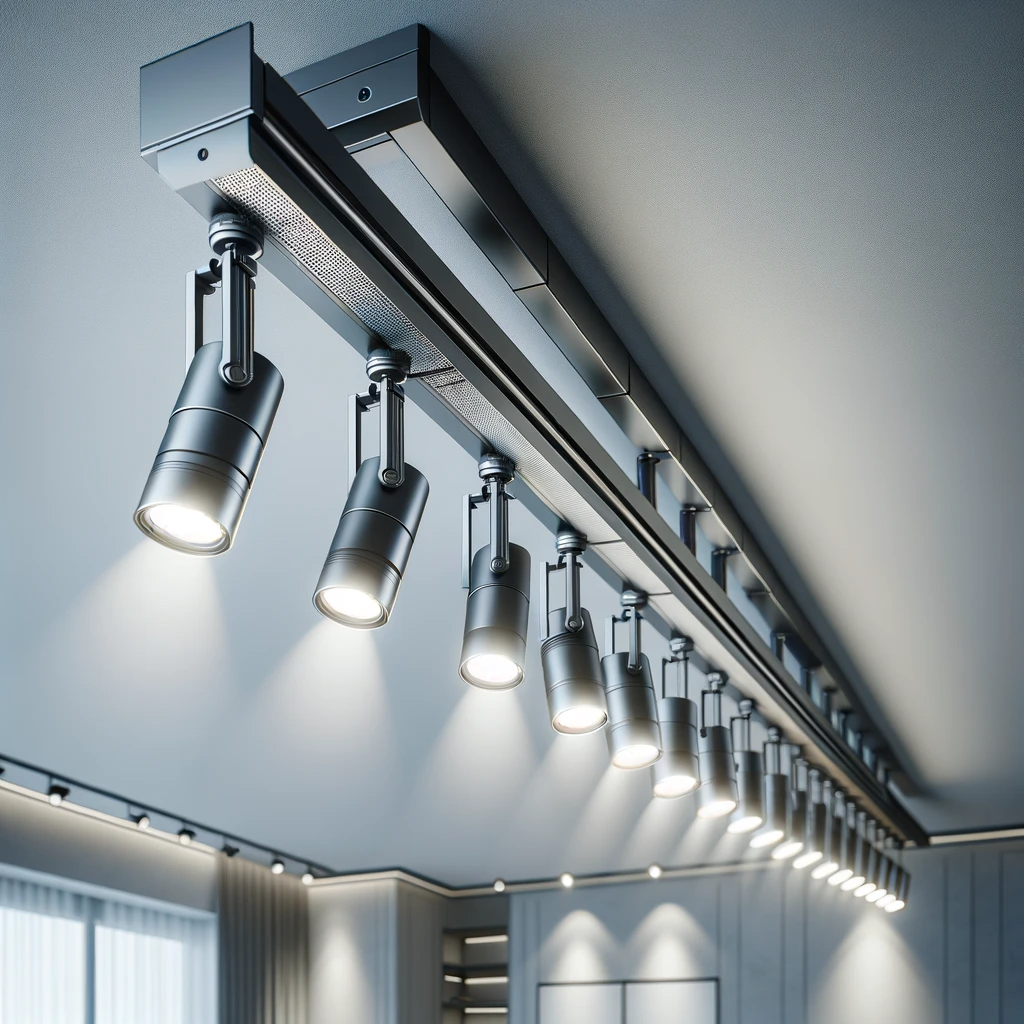What Are Lumens in Lighting? A Deep Dive into Brightness and QualityDefining Lumens in Lighting
Lumens measure the total amount of visible light from a lamp or light source. As the fundamental indicator of a light's brightness, understanding lumens is essential for professionals who aim to create effective and efficient lighting environments. It's the lumens that determine how brightly a space will be illuminated, not watts, which merely indicate energy consumption.
![what are lumens in lighting what are lumens in lighting]()
Why Lumens Matter in Lighting Design
In the transition from traditional incandescent bulbs to more efficient lighting solutions like LEDs, lumens have become an important factor in selecting the right lighting for various applications. Here's why they are critical:
Direct Measure of Brightness: Lumens provide a direct comparison of light output, helping consumers understand which lighting options will be brighter.
Energy Efficiency: By comparing lumens per watt, you can identify lighting options that deliver more light with less energy, leading to long-term savings and reduced environmental impact.
Application-Specific Solutions: Different tasks and spaces require different levels of brightness. Knowing the lumens helps in tailoring the lighting to meet these specific needs.
Examples of Lumens in Action
Understanding lumens can be more intuitive with real-world examples. Here are a few scenarios illustrating how lumens impact lighting choices:
Home Lighting: A living room typically needs a lamp with around 1,500-3,000 lumens to provide ample brightness. In contrast, a desk or reading lamp might only need about 400 lumens.
Commercial Spaces: A large office may require overhead lighting that provides around 500 lumens per square meter to ensure productivity and comfort.
Outdoor Lighting: For security purposes, an outdoor floodlight might require 1,500 lumens or more to illuminate a large area effectively.
These examples show how lumens are a practical measure to help tailor lighting solutions for different needs and spaces.
How to Choose Lighting Based on Lumens
When selecting lighting fixtures, consider the following steps to make informed decisions based on lumens:
Determine the brightness needed for your specific application or space.
Look for the lumens rating on lighting products. This is often found on the packaging or in the product description.
Compare lumens to watts to understand the energy efficiency of different lighting options.
Consider the quality of light as well, including color temperature and color rendering index (CRI), to ensure the lighting meets your overall needs.

